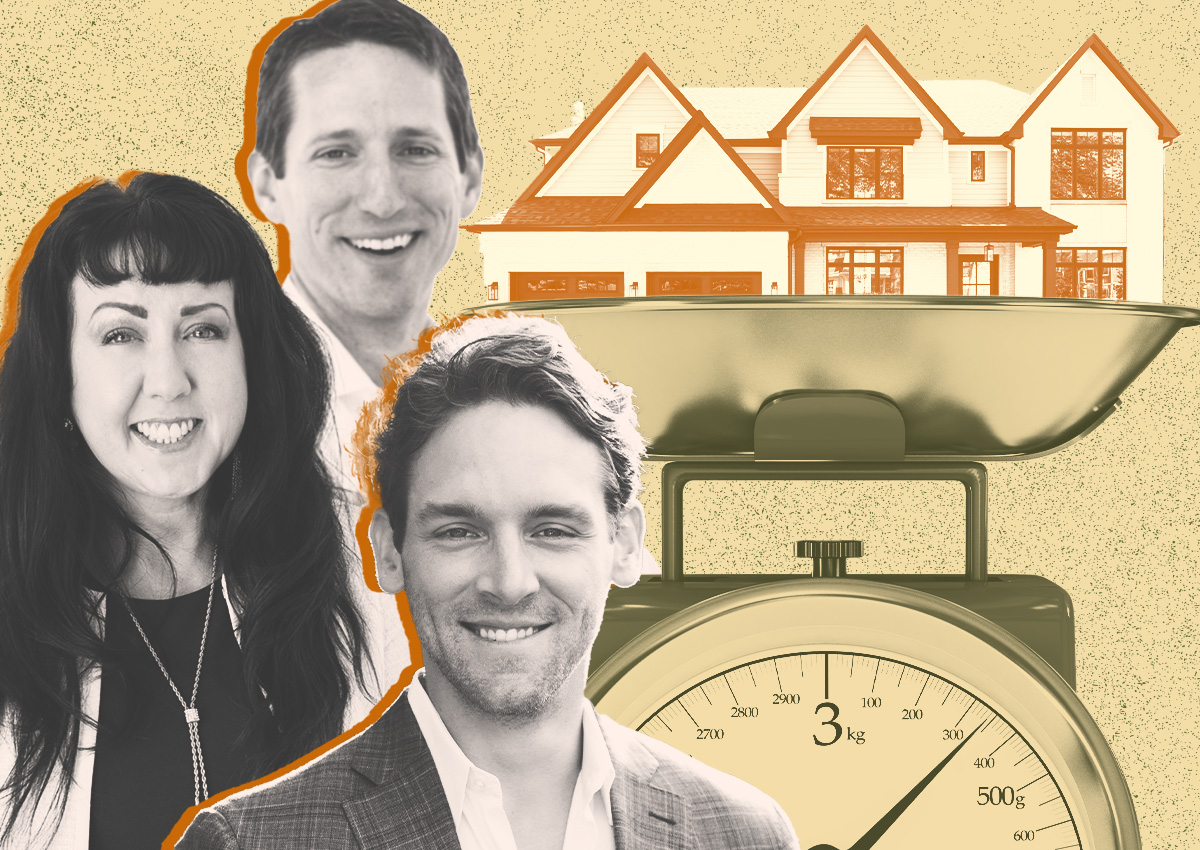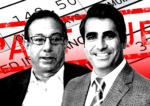 Texas legislature moves to settle property tax battle, by God
Texas legislature moves to settle property tax battle, by God
Trending
What Texas’ $18 billion property tax plan means for commercial owners
After months of haggling, lawmakers finally have a deal. What will it do to your bill?

Texas Republicans agreed to put an end to more than six months of haggling and struck a deal on property tax reform.
Each of the so-called “Big Three” had his own policy priorities, and in the end, Gov. Greg Abbott, Lt. Gov. Dan Patrick and House Speaker Dade Phelan went home with something to be happy about.
The plan calls for $12 billion in spending to support cuts to certain property taxes levied by school districts, as Abbott hoped. It will increase the homestead exemption for more than 5 million homeowners, a hard-fought win for Patrick. And appraisal caps, which appeared dead after months of support from Phelan, are back in the form of a limited pilot program for certain commercial properties.
While commercial property owners won’t receive the full $18 billion the Texas Legislature set aside for property tax relief, they walk away from the scrap with several wins.
Rate reduction
After the regular legislative session ended in May without a property tax deal, Abbott called the body back to Austin. After ruining everyone’s summer vacation plans, Abbott offered his first clear policy plan for property tax relief: the governor wanted all of the $17.6 billion earmarked for relief to go toward cutting school district property tax rates.
The rate-buydown process is a bit wonky, but in essence, it would work like this: the bulk of Texas property taxes are levied by school districts, and the bulk of those are district’s maintenance and operations taxes. Currently, M&O taxes account for 40 percent of all property taxes paid in the state and give school districts $32.5 billion each year.
Under the new plan, school districts will cut their M&O rates and replace that lost revenue with money sent directly from the state. Flush with cash from the last few years of economic growth, the state has the money to foot the bill, for now.
These taxes are levied not just against homeowners, but commercial owners too. That’s why the state’s plan, which will cut the M&O rate by 11 cents for every $100 of a property’s value, will mean big savings for landlords, developers and investors.
Tony Trahan, a property tax consultant at KE Andrews, said he expects the plan would save an owner of a $10 million commercial property about $25,000 in property taxes.
Breaking the circuit
The approved plan will also launch a pilot program that, while small in scope for now, suggests the possibility of broader property tax caps down the line.
The so-called “circuit breaker” program will apply only to non-homesteads, like second homes and investment properties, that are worth $5 million or less. Under the program, these properties’ appraised values cannot increase more than 20 percent per year.
In Dallas County, the average multifamily building constructed in 1980 or earlier saw its valuation rise by 36 percent this year, according to data from KE Andrews. Those built in 2011 or later jumped 27 percent. Still, most significant commercial properties are worth more than $5 million, so the effect of the pilot program for now will be limited.
A handful of small changes will affect commercial owners. The franchise tax for small businesses will be reduced, and new, elected positions will be added to appraisal boards, countering the power of some local officials who have increasingly come under attack from landlords and lawyers arguing their appraisals are nebulous and unfounded.
Once Abbott signs the bill, the plan will be put up for voters to approve on November ballots.
Read more
 Texas legislature moves to settle property tax battle, by God
Texas legislature moves to settle property tax battle, by God
 Big Appraiser is watching you
Big Appraiser is watching you
 Texas reaches deal on property-tax cuts
Texas reaches deal on property-tax cuts




